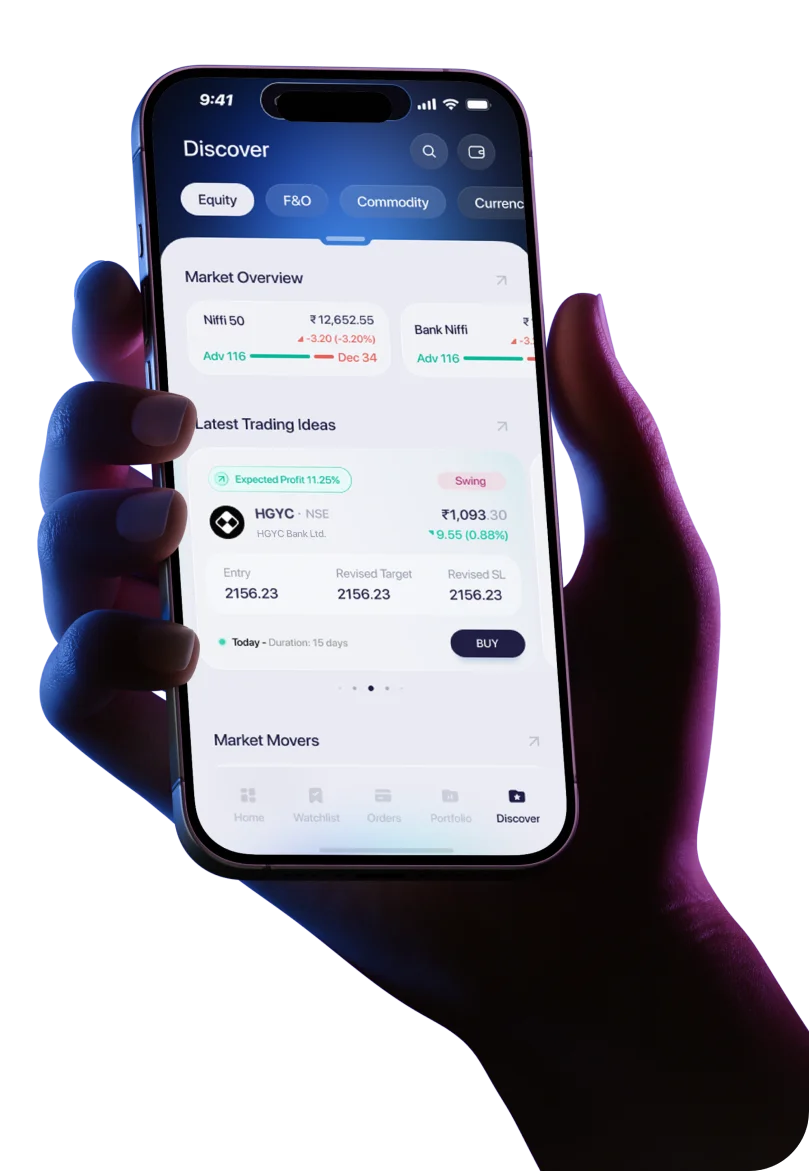Introduction: Why Market Orders Matter
If you’ve just started trading, the very first order type you will come across is the market order. It’s the simplest and most common instruction traders use because of its speed. Instead of worrying about setting a price, you simply tell the system: “Buy or sell this stock right now at the best available price.”
Understanding what is market order is important for every retail investor because this basic order type is the building block for all other trades. Whether you are buying a stock for long-term investing or selling quickly to cut losses, knowing how a market order works helps you avoid confusion and execute with confidence.
What is a Market Order?
A market order is an instruction given to your broker to buy or sell a stock immediately at the current best available price. In other words, you prioritize execution speed over getting a specific price.
- If you place a buy market order, your trade will be matched with the lowest available ask price.
- If you place a sell market order, it will be matched with the highest available bid price.
This makes market orders ideal when your main objective is to enter or exit a trade quickly.
To compare, a limit order lets you specify the price at which you want to buy or sell. A limit order gives you control over price but does not guarantee execution. Market orders guarantee execution but not the exact price. Both are useful, but they serve different purposes.
How a Market Order Works
Every stock in the market has two prices:
- Bid Price – The highest price a buyer is willing to pay.
- Ask Price – The lowest price a seller is willing to accept.
- The difference between them is called the bid–ask spread.
Example: Suppose stock XYZ is trading around ₹100. The bid price is ₹99.5 and the ask price is ₹100.5.
- If you place a buy market order, it executes at ₹100.5 (the ask).
- If you place a sell market order, it executes at ₹99.5 (the bid).
This explains why market orders may cost slightly more to buy and earn slightly less to sell than the last traded price.
Other mechanics:
- Slippage – If the stock is volatile or your order is large, you may get filled at progressively higher/lower prices.
- Partial fills – If there aren’t enough shares available at one price, your order gets executed in chunks at different levels.
- Liquidity impact – In highly liquid stocks, this effect is minimal. But in illiquid or penny stocks, slippage can be severe.
That’s why market orders work best in large-cap stocks, ETFs, and indices where trading volumes are high and spreads are tight.
Advantages of Market Orders
- Fast execution – Your trade is completed almost instantly.
- Simplicity – Beginners find it easier because no price needs to be set.
- Certainty of execution – You know the order will go through as long as there is liquidity.
- Works best in liquid markets – Large-cap stocks and index funds make market orders efficient.
- Lower brokerage charges – Typically cheaper than advanced or complex orders.
Risks & Limitations
While market orders are simple, they also carry risks:
- No price control – You cannot decide the exact execution price. This may lead to surprises, especially in volatile markets.
- Slippage – If the market moves quickly or your order size is large, you may end up paying more (on buys) or receiving less (on sells).
- Wide bid–ask spreads – In illiquid stocks, spreads can be large. Buying at the ask and selling at the bid may reduce your effective returns.
- Timing matters – At market open or close, prices can swing sharply. A market order placed then may execute at an unfavorable level.
- Not suitable for penny or thinly traded stocks – Even small orders can distort prices.
So while a market order guarantees speed, it’s not always the right choice for every stock or every situation.
Market Order vs Other Order Types
Order Type | Execution Speed | Price Control | Best Use Case |
|---|---|---|---|
Market Order | Instant | None | When execution certainty matters most in liquid stocks |
Limit Order | May take time | Full control | When you want a specific price, even if execution is uncertain |
Stop Order | Triggers when price crosses a level | Limited | To protect profits or cut losses automatically |
Stop-Limit Order | Slower, may not execute | High | Combination of stop + limit for disciplined entries/exits |
IOC (Immediate or Cancel) | Very fast | Some | Executes whatever is possible instantly, cancels rest |
FOK (Fill or Kill) | Fast | Strict | Executes entire order at once or cancels fully |
Market vs Limit order is the most important distinction for beginners. If speed matters, choose market. If price matters, choose limit.
When Should You Use a Market Order?
Market orders are most useful in:
- Highly liquid stocks such as Nifty 50 companies
- When execution certainty matters more than a few paise of difference.
- Urgent trades where missing out is riskier than paying a slightly higher price.
Avoid market orders in:
- Illiquid or penny stocks with wide bid–ask spreads.
- Extreme volatility such as during news announcements or at market open/close.
- Pre-market or after-market sessions where spreads are wide.
How to Place a Market Order on Samco
Placing a market order on the Samco trading platform is quick and beginner-friendly:
- Log in to the Samco trading app or web terminal.
- Search for the stock you want to trade.
- Click Buy or Sell.
- Under “Order Type,” select Market.
- Enter quantity → click Confirm.
Your order will be executed instantly at the best available price.
Pro Tip: Use Samco’s Brokerage Calculator before placing orders to know your exact charges. This helps you plan trades more efficiently.
Tips & Best Practices
- Always check liquidity before placing a market order.
- Avoid using it for penny or thinly traded stocks.
- If you care about price control, use a limit order instead.
- Refrain from market orders during sharp volatility (open/close or major news events).
- For large trades, consider breaking them into smaller chunks to minimize slippage.
Conclusion + Related Resources
To summarize, a market order is the simplest way to buy or sell a stock — fast, easy, and reliable in liquid markets. However, it comes with trade-offs: you gain speed but lose control over price. Beginners can start with market orders, but as you gain experience, you’ll need to combine them with other order types for better execution.




 Easy & quick
Easy & quick
Leave A Comment?